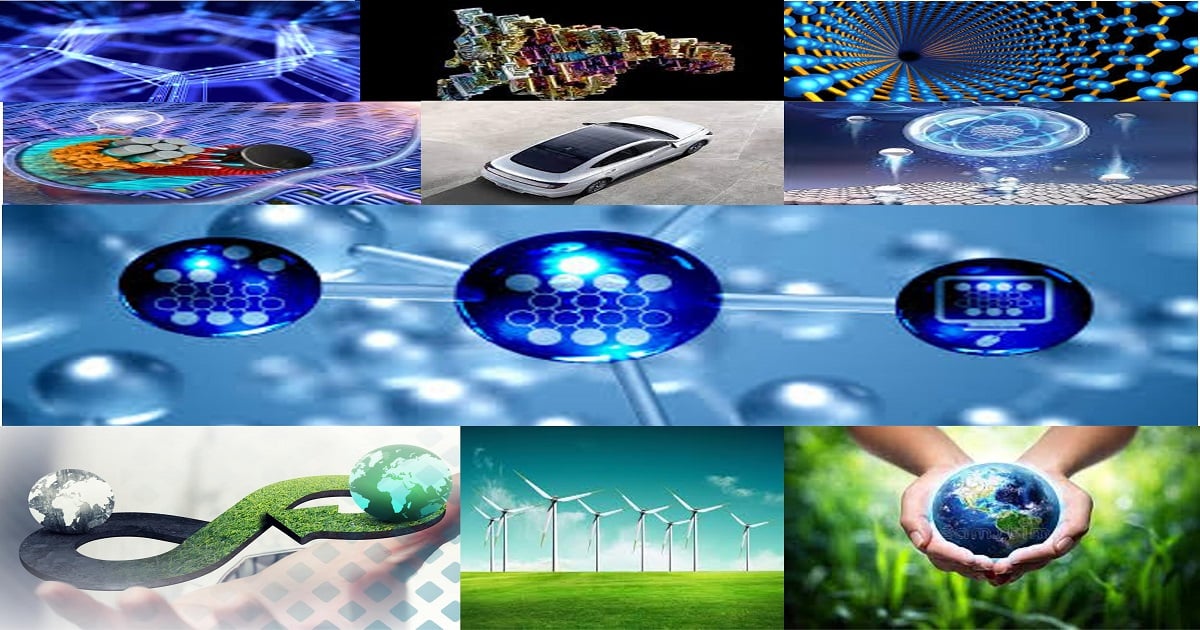Emerging Technologies for Development of Novel Materials Systems and Coatings (Volume 2)
A special issue of Materials (ISSN 1996-1944). This special issue belongs to the section "Manufacturing Processes and Systems".
Deadline for manuscript submissions: 20 May 2024 | Viewed by 6010

Special Issue Editor
Interests: advanced nanostructured materials; hydrothermal synthesis; functional graded materials; coatings technologies
Special Issues, Collections and Topics in MDPI journals
Special Issue Information
Dear Colleagues,
The development of new material systems and coatings remains a multidisciplinary topic of high importance for scientists and technologists, providing remarkable functional properties improving performances in many traditional and high-tech industrial areas. New or emerging technologies for material synthesis and processing are needed to obtain material systems and coatings with design composition, microstructure, and architectures fulfilling the harsh requirements for applications in extreme mechanical, high temperature, high corrosion, or biological environmental conditions. Green chemical procedures with low environmental impact enable the fine tuning of components and dopants by controlling the kinetics and mechanisms involved in the synthesis of nanostructured composite or hybrid material system. The use of these advanced materials to obtain functionally graded materials and coating architectures may open new directions in the study of nucleation and growth processes using physical or chemical coating technologies and controlling functional properties. Additionally, additive manufacturing combined with coatings technologies may contribute to the reduction of some critical raw materials.
In this Special Issue, modern trends in novel material synthesis and coatings, including fundamental research, modelling, and optimisation are highlighted and discussed. Expected applications are in renewable energy (e.g., solid state batteries, photovoltaics, solid oxide fuel cells), gas turbines, energy-harvesting systems, sensors and actuators, and automotive and aerospace components.
It is my pleasure to invite you to submit a manuscript for this Special Issue. Full papers, communications, and reviews are all welcome.
Dr. Radu Robert Piticescu
Guest Editor
Manuscript Submission Information
Manuscripts should be submitted online at www.mdpi.com by registering and logging in to this website. Once you are registered, click here to go to the submission form. Manuscripts can be submitted until the deadline. All submissions that pass pre-check are peer-reviewed. Accepted papers will be published continuously in the journal (as soon as accepted) and will be listed together on the special issue website. Research articles, review articles as well as short communications are invited. For planned papers, a title and short abstract (about 100 words) can be sent to the Editorial Office for announcement on this website.
Submitted manuscripts should not have been published previously, nor be under consideration for publication elsewhere (except conference proceedings papers). All manuscripts are thoroughly refereed through a single-blind peer-review process. A guide for authors and other relevant information for submission of manuscripts is available on the Instructions for Authors page. Materials is an international peer-reviewed open access semimonthly journal published by MDPI.
Please visit the Instructions for Authors page before submitting a manuscript. The Article Processing Charge (APC) for publication in this open access journal is 2600 CHF (Swiss Francs). Submitted papers should be well formatted and use good English. Authors may use MDPI's English editing service prior to publication or during author revisions.
Keywords
- green chemistry synthesis
- hydrothermal/solvothermal
- sol-gel
- mechano-synthesis
- coatings
- functionally graded materials
- additive manufacturing
- EB-PVD
- RF/magnetron sputtering
- chemical vapor deposition methods
- laser coating technologies
- ab-initio modelling and simulation






